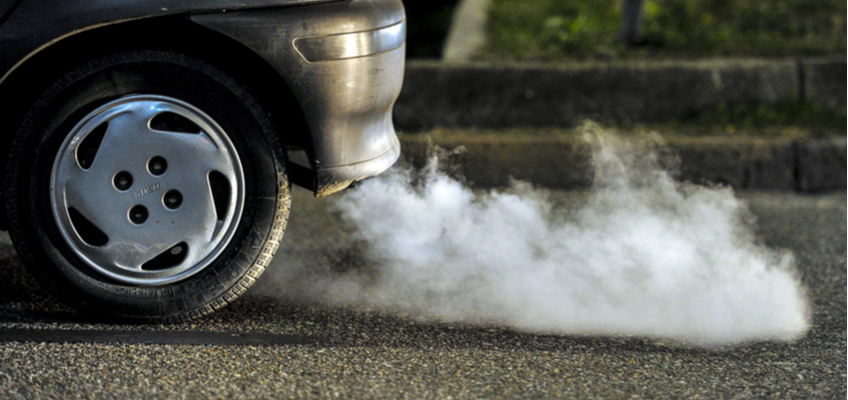Money Expert > Car Insurance > Top tips on buying a car for your children
Top tips on buying a car for your children
Last updated: 22/04/2022 | Estimated Reading Time: 5 minutes
Money Expert > Car Insurance > Top tips on buying a car for your children
Last updated: 22/04/2022 | Estimated Reading Time: 5 minutes
Your child has just passed their driving test, and you’ve decided to help them buy a set of wheels. You’re not alone: one in six UK parents help their child purchase their first car, contributing an average of 45% of the total cost, according to a survey from Parkers.
If you contribute financially, you can influence the vehicle your child gets and ensure they won’t pester you to borrow your car every weekend.
But what should you look for in your child’s first car? The best vehicles for young drivers are affordable to buy, cheap to run and insure, and fitted out with the latest safety features.

Your first task when purchasing a new car is to set a budget: not just for the purchase of the vehicle but also for its running costs. While you might be covering the upfront costs, your child will likely be responsible for the daily costs.
How much does each of you want to spend? You don’t want to splash out tens of thousands of pounds on a car for a teenager, and that teenager doesn’t want to be pouring all their money into the petrol tank or becoming a regular at the local repair shop.
Often, you’ll need to strike a balance between the purchase price and ongoing costs. The cheapest cars to buy are older used models but their poor mileage, high road tax, and potentially costly faults mean they can be costly to run.
Conversely, electric vehicles have the cheapest running costs, but you’ll have to spend at least £20,000 to buy one and the used market for these zero-carbon options is still minuscule.
Here are the costs to consider when setting your budgets:

20% of new drivers will be involved in an accident in their first year of driving, road safety charity Brake notes. To ensure your child isn’t among them, and to protect them and their passengers if they do have an accident, you want a vehicle with superb safety credentials and state of the art collision avoidance technology.
Most vehicles sold in the UK will have ratings from Euro NCAP, the European New Car Assessment Programme. The programme subjects cars to a battery of tests, many replicating real-life accident scenarios.
Cars receive a percentage score for their performance in four assessment categories: the protection of adult occupants of the vehicle (both the driver and passenger), the protection of child occupants, the protection of vulnerable road users (pedestrians and cyclists), and the presence of driver-assist technologies, from seatbelt reminders to autonomous emergency braking systems. Those scores contribute to a star rating of one (least safe) to five (most safe).
Cars with five-star Euro NCAP ratings that are popular for young drivers include:
Safety features will contribute to a car’s overall Euro NCAP rating, but you might want to put the following technologies on your wish list:
Safety concerns may encourage you to buy a vehicle fresh from the assembly line rather than a used model, despite the extra cost. New cars employ the latest security features and haven’t experienced the wear and tear and uncertain histories of used models.

Many young people are concerned about global heating and their carbon footprint and might prefer a low-emissions vehicle. Cleaner vehicles are also cheaper to run, using less fuel to travel further, and don’t incur the penalties (high road tax, penalties in low emissions zones in city centres) that more polluting models do.
For more insight into which specific car models are the best options for young drivers, check out our guide on the best cars for new drivers.